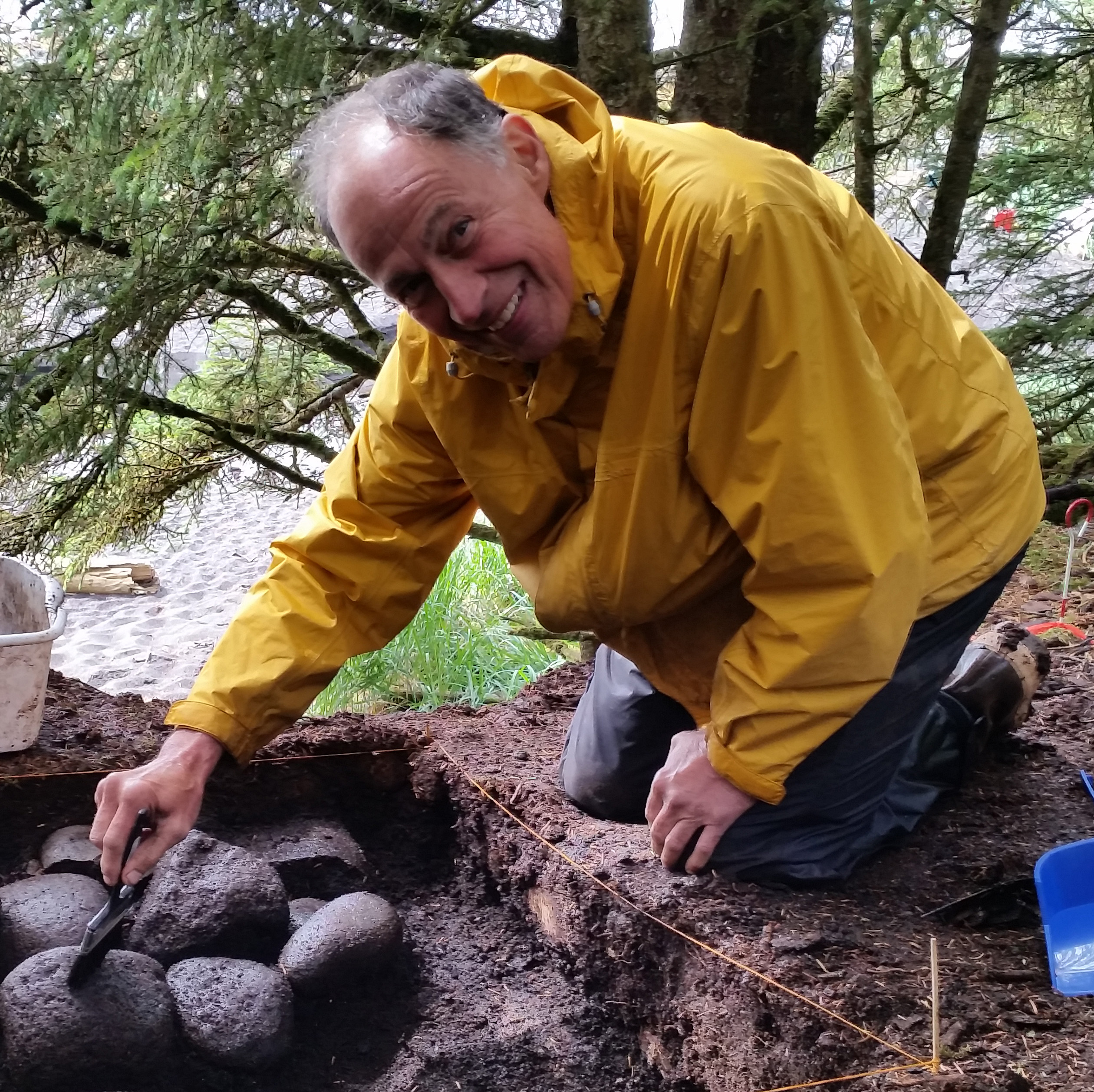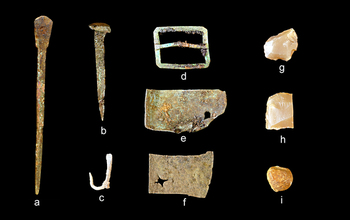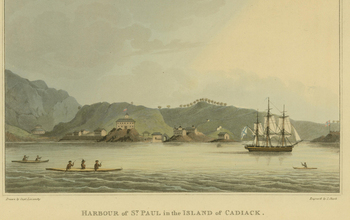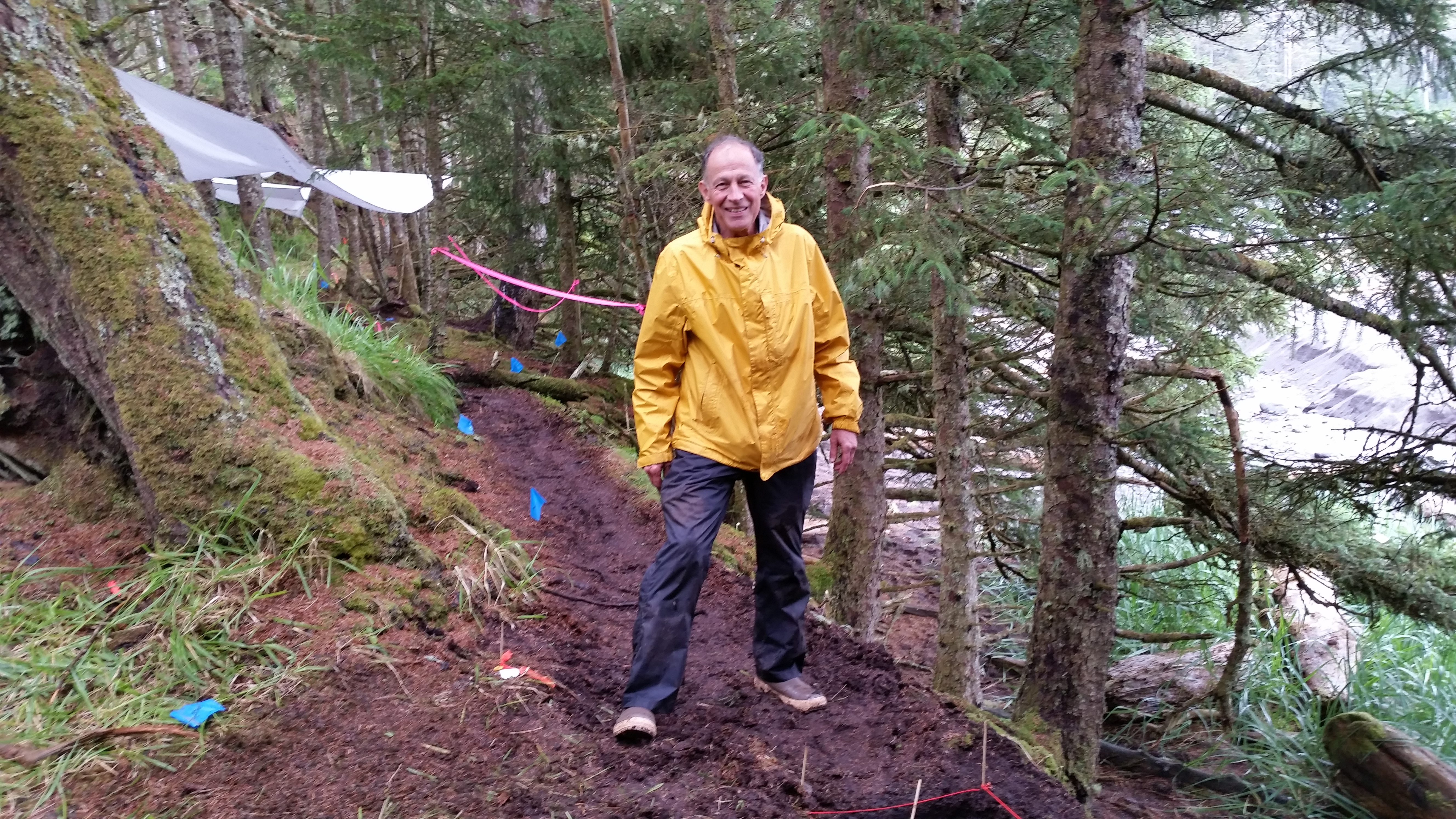Ph.D. Student Researches the Past to Inform the Future
 This summer Union Institute & University Ph.D. student Timothy (Ty) L. Dilliplane served as co-principal investigator in an archaeological dig and historical narrative in Alaska. Dilliplane and a team of researchers wanted to learn how 26 crewmembers of the wrecked NEVA, a 19th century Russian-American Company vessel, survived the harsh subarctic winter.
This summer Union Institute & University Ph.D. student Timothy (Ty) L. Dilliplane served as co-principal investigator in an archaeological dig and historical narrative in Alaska. Dilliplane and a team of researchers wanted to learn how 26 crewmembers of the wrecked NEVA, a 19th century Russian-American Company vessel, survived the harsh subarctic winter.
Dilliplane, a retired U.S. Army Reserve Colonel, historical archaeologist specializing in the study of Russian America, assistant professor at Massachusetts Maritime Academy, and a founding member of the International Association of Specialists on Russian America, explains the significance of the dig.
“The purpose of the dig was two-fold. One was to search for remains of arguably Alaska’s most famous ship, the three-masted, 14-gun NEVA. This warship of the Imperial Russian Navy went down in a fierce storm off the coast of Alaska in January, 1813. It was being used as a transport between Siberia and Russian Alaska by the Russian-American Company. The ship sank against a reef in approximately 60-80 feet of water,” said Dilliplane. “Our second mission was to confirm the suspected location of the survivors’ camp, a site previously discovered by a reconnaissance archaeological team.”
“Excavations confirmed that the site was the survivors’ camp and yielded intriguing information about how the 26 individuals stayed alive. Along with procuring the basics needed to live in this remote and challenging location, they also had to protect against possible attack by Tlingit Indians, and defend against the resident population of brown bears—some of the largest bears in the world. The survivors’ activities seem to have been disciplined and focused, which may have been the key factor to their survival and later rescue,” said Dilliplane.
“Lessons learned from the remote, isolated, small colonies of Russian America (present-day Alaska and part of California), along with the NEVA shipwreck site, are relevant to future colonization. Studying how these people functioned in total isolation is relevant to future settlements in remote regions of our globe, as well as to planned colonization efforts beyond earth. For example, a settlement mission to Mars is scheduled to commence in 2026. What will it take to make that planned settlement thrive?” said Dilliplane.

Artifacts include dividers, a nail, a fishhook, a buckle, sheet copper, gun flints and a musket ball. Photo credit: Dave McMahan, Sitka Historical Society
“Members of these far-removed Russian communities and the 1813 survivor camp struggled with few supplies, hostile indigenous peoples, harsh weather conditions, and they were thousands of miles from the conveniences and safety of home. What types of cultural traditions/behaviors were critical to these people that could be used as important learning tools for isolated outposts of the future? Answering these questions will help us reduce stress and tension for future colonization.”
Dilliplane will also use his research to share the little-known history of Russian America.
“Most of us learned about the English, Spanish, French, and Dutch in conjunction with American history in school. But little is taught about Russian settlements in Alaska and California in the 1700s and 1800s,” said Dilliplane. “The story of two imperialist powers, Russia and Spain, cooperating through trade and agriculture in California may contain important insights for future colonization.”
Dr. Diane Richard-Allerdyce, chair of Union’s Humanities & Culture major, explains how Dilliplane’s research and interdisciplinary studies complement each other.
“Ty’s work in historical archeology is an ideal example of how a theoretical approach that allows multiple perspectives can enhance professional practice. His project’s contribution to cross-and inter-cultural understanding among peoples of diverse backgrounds applies what the Humanities & Culture major of the Ph.D. Program in Interdisciplinary studies represents.”
A detailed artifact analysis of the NEVA research is underway and Dilliplane hopes that additional fieldwork may be possible next summer. The research is funded through a grant from the National Science Foundation and a full, final report will be prepared and submitted to the foundation when the project is complete.

